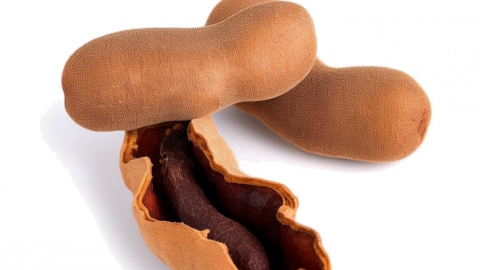What are the differences between sour pods and sweet pods?
May 12, 2025
Source: Cainiu Health
Introduction
The taste of sour tamarind is primarily sour, with a certain fruit aroma and a refreshing mouthfeel; sweet tamarind, on the other hand, is mainly sweet, with a milder or nearly imperceptible sourness, offering a more mild flavor. Sour tamarind fruits are typically smaller, with a harder shell and a dark brown color; sweet tamarind fruits are relatively larger, with a slightly softer shell and lighter coloration, often light brown or yellowish brown.
The differences between sour and sweet tamarind generally include taste characteristics, appearance, nutritional composition, methods of consumption, and growing environments. A detailed analysis is as follows:






